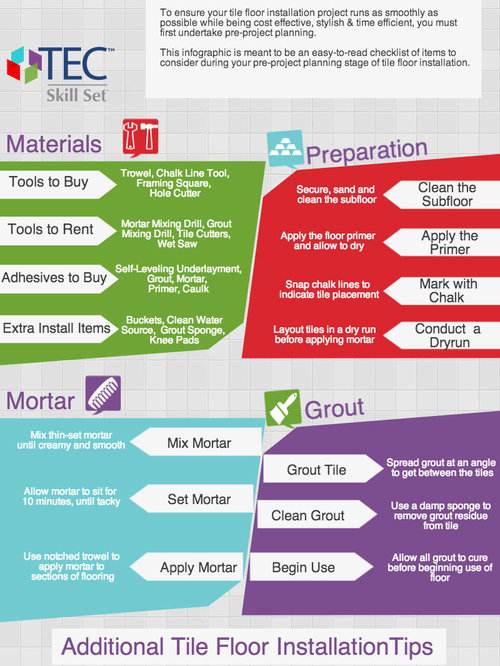Just How To Budget For Your Floor Covering Job: A Practical Overview
Just How To Budget For Your Floor Covering Job: A Practical Overview
Blog Article
Written By-Leach Kamper
When you're intending a floor covering task, budgeting isn't practically choosing a number; it's about recognizing what you truly need and the prices involved. You'll intend to analyze your certain requirements, research study various products, and expect unforeseen expenditures. Think of how aspects like area function and installment techniques can impact your budget. Yet before you enter, there are some vital details you might ignore that could substantially influence your total expenses. Let's discover how to browse these complexities and ensure your project stays on track.
Assessing Your Flooring Demands
Prior to diving right into your flooring project, it's essential to evaluate your flooring needs. Start by thinking about the details areas where you intend to set up new flooring. Think about how much does it cost to epoxy a basement of each room. As an example, bathroom and kitchens need waterproof products, while living locations might gain from convenience and appearances.
Next off, evaluate the existing conditions of your floors. Exist any architectural problems, such as irregular surfaces or wetness problems? Resolving these concerns at an early stage can save you money and time down the line.
Also, make note of the measurements of each room to identify just how much flooring you'll require.
Don't fail to remember to consider your way of life. If you have family pets or young youngsters, sturdiness may be your top priority, while a much more formal space may ask for a luxurious coating. Additionally, think of your design preferences. Do you like a traditional appearance, or are you attracted to contemporary styles?
Last but not least, be reasonable regarding how much upkeep you're willing to commit to. Some products require more maintenance than others. By recognizing your requirements clearly, you'll be much better equipped to make informed selections as you move forward with your flooring project.
Estimating Expenses and Materials
Approximating prices and products is a crucial step in your flooring project that can dramatically influence your overall spending plan. Beginning by measuring your area properly to identify how much flooring you'll need. For many products, you'll find pricing by square foot, so collect quotes from various suppliers to get a sensible number.
Next, take into consideration the type of floor covering you desire. Options like wood, laminate, floor tile, or rug all included various cost factors. Research study the prices for each and every and consider any extra products like underlayment, glue, or transition strips.
Don't neglect to include devices if you're planning a DIY installation, as leasing or purchasing equipment can add to your costs.
Labor expenses are an additional crucial consideration. If you're working with professionals, get price quotes from multiple professionals to ensure you're getting a fair rate. Be clear regarding the scope of work to prevent unexpected costs later.
Last but not least, it's wise to allot a tiny portion of your allocate any kind of unexpected prices related to materials. By thoroughly estimating your expenses and products in advance, you'll establish yourself up for a smoother and much more workable floor covering project.
Preparation for Hidden Expenses
Lots of house owners forget the covert expenditures that can occur throughout a flooring job, which can result in spending plan overruns. To prevent this, you require to prepare for possible additional costs.
First, consider the condition of your existing subfloor. If it's damaged or unequal, you'll likely need repairs or leveling, which can include dramatically to your general cost.
Next, think about removal and disposal charges for your old flooring. Many contractors bill added for this solution, so element that right into your budget.
Furthermore, don't forget about the expenses of underlayment, which might not be consisted of in the first quote but are vital for a successful installment.
You should additionally plan for unanticipated difficulties, such as pipes or electrical job if your floor covering task involves moving components. Read Home Page to reserve at least 10-15% of your total allocate these unexpected expenditures.
Lastly, keep in mind that permits might be required for sure installments. Always inspect neighborhood policies to prevent penalties or hold-ups.
Conclusion
Finally, budgeting for your flooring project is essential for a successful outcome. By assessing visit this website , approximating expenses, and planning for hidden costs, you'll stay clear of surprises and stay on track. Remember to reserve a part of your allocate unforeseen costs and maintain a thorough break down of your expenditures. With careful planning and consideration, you'll develop a stunning area that meets your demands without breaking the bank. Pleased floor covering!
